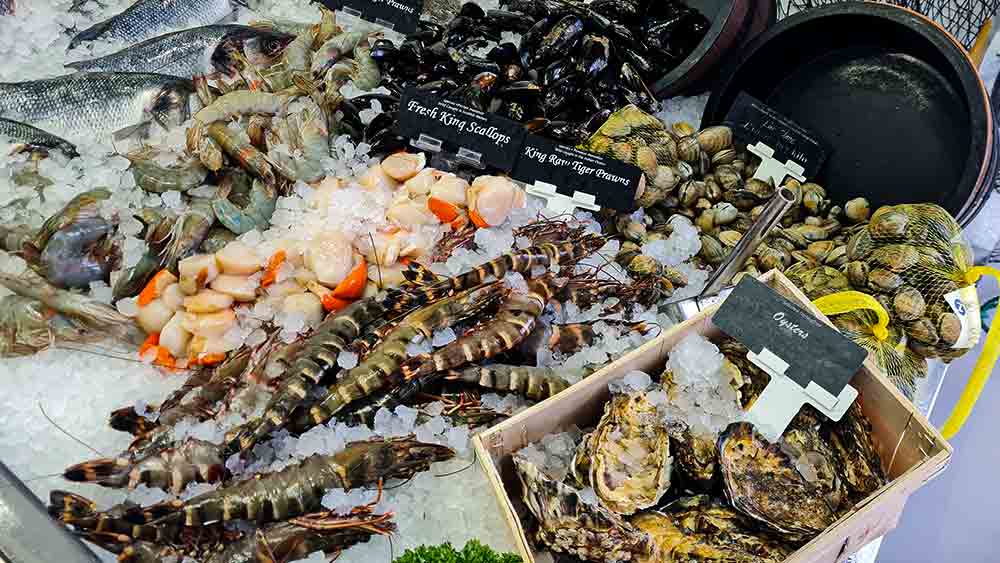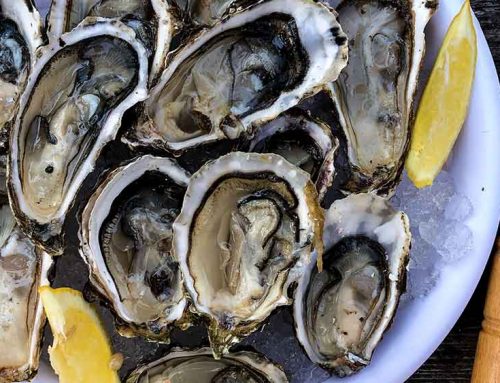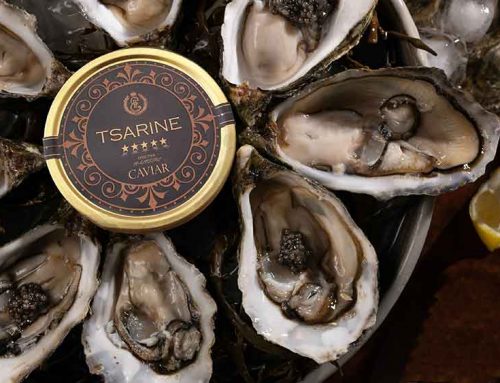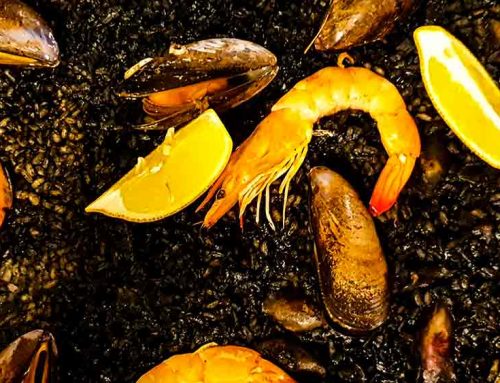When it comes to seafood it is always best to eat seasonally. There are many reasons for this, but most importantly it means that you will always be cooking and eating seafood which is at its prime. The shellfish season for 2023 has started (a little later than usual due to the higher temperatures in recent weeks). You can now find a great selection of these tasty sea treats on our counter. Look out for clams, oysters, mussels and scallops, all now in season.
Recipes For The Shellfish Season
Not just tasty, shellfish are a really healthy choice. Typically, all shellfish are low in calories and a great source of protein and healthy fats, as well as a good array of nutrients, including as zinc, B12, iron and selenium. They are really easy to cook and generally quick to prepare. You can enjoy them steamed, baked, breaded or fried not to mention as a key ingredient in many other seafood recipes. If you are not sure how to cook them or would like some recipe inspiration you can find lots of great dishes and cooking guides here on our blog >>
When there Is An “R” In The Month
Many of us will know the old saying that you should only eat shellfish during the months or the year that contain the letter ‘R’. This means that from September through to April you can feast on oysters, clams and mussels, but in the summer months they are to be avoided? There are several reasons that this came about, and some that are still relevant today.
One of the main origins for the ‘R’ rule is climate and weather related. The months without the letter “R” in their names (May through August) coincide with summer in the Northern Hemisphere. Historically in these warmer months without the benefit of efficient refrigeration shellfish were more likely to spoil in the heat.
Another argument for the ‘R’ rule is that the toxins that cause seafood sickness can multiply rapidly in warmer summer waters, making their way into the plankton that oysters and other shellfish eat. (Many people associate this with red tides, massive blooms of plankton that discolour the water. However, the toxic infections can happen without red tides, and vice versa, so they’re not a good indicator of water safety or shellfish health.) Modern farming methods now regulate algae concentration and shellfish are strictly monitored for toxins before being sold.
The main reason that we follow this rule to day is about the eating quality of the shellfish. During the summer shellfish are spawning. This can change the taste and texture of shellfish, which means that they may not be at their best when they reach the consumer. As most of their energy goes toward reproduction, the shellfish meat can become unpleasantly thin and milky. Also reducing shellfish harvesting during this time also allows for the species to repopulate. This is important as it helps to maintain a healthy, sustainable, natural balance of shellfish in our seas.






